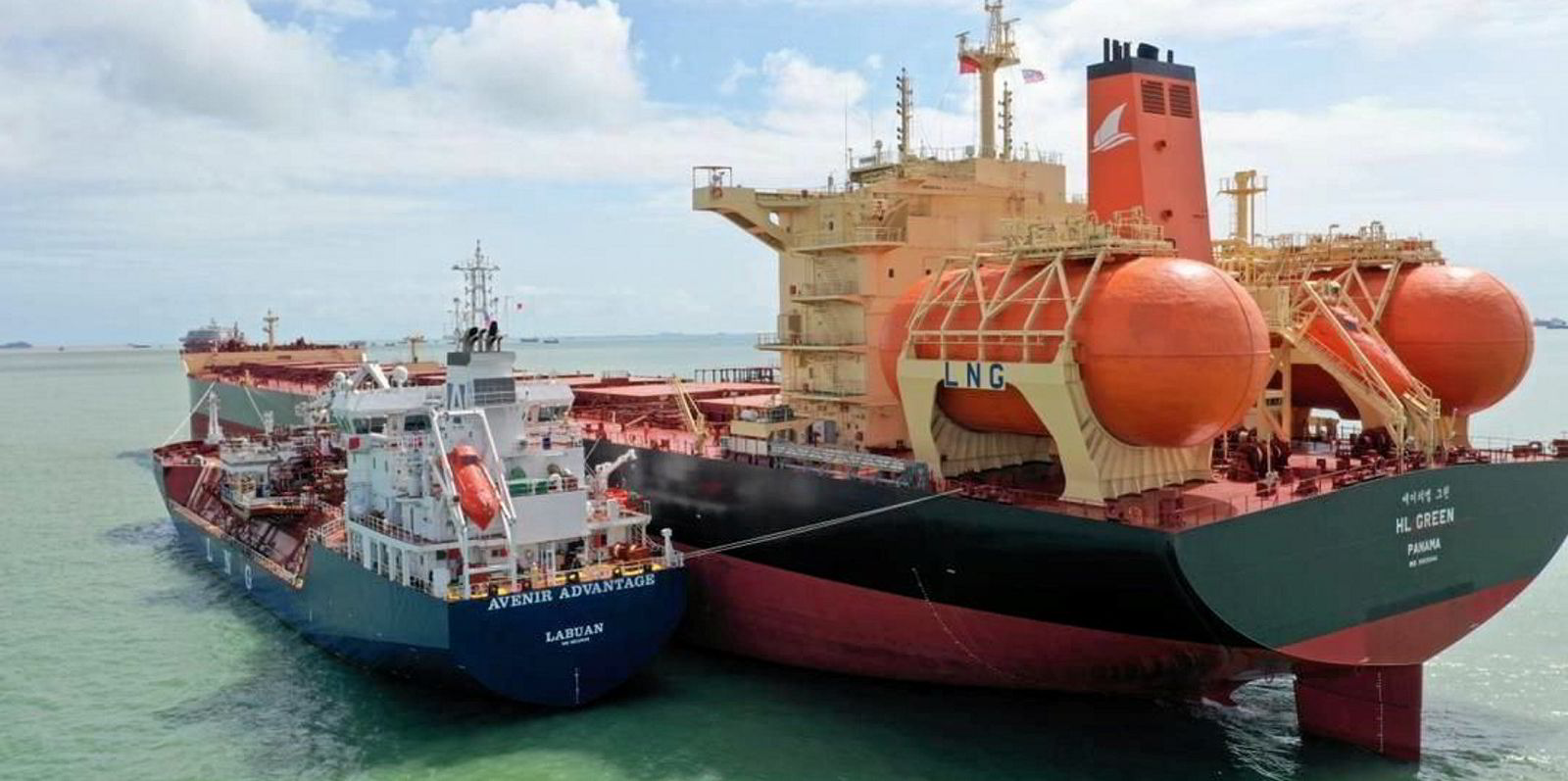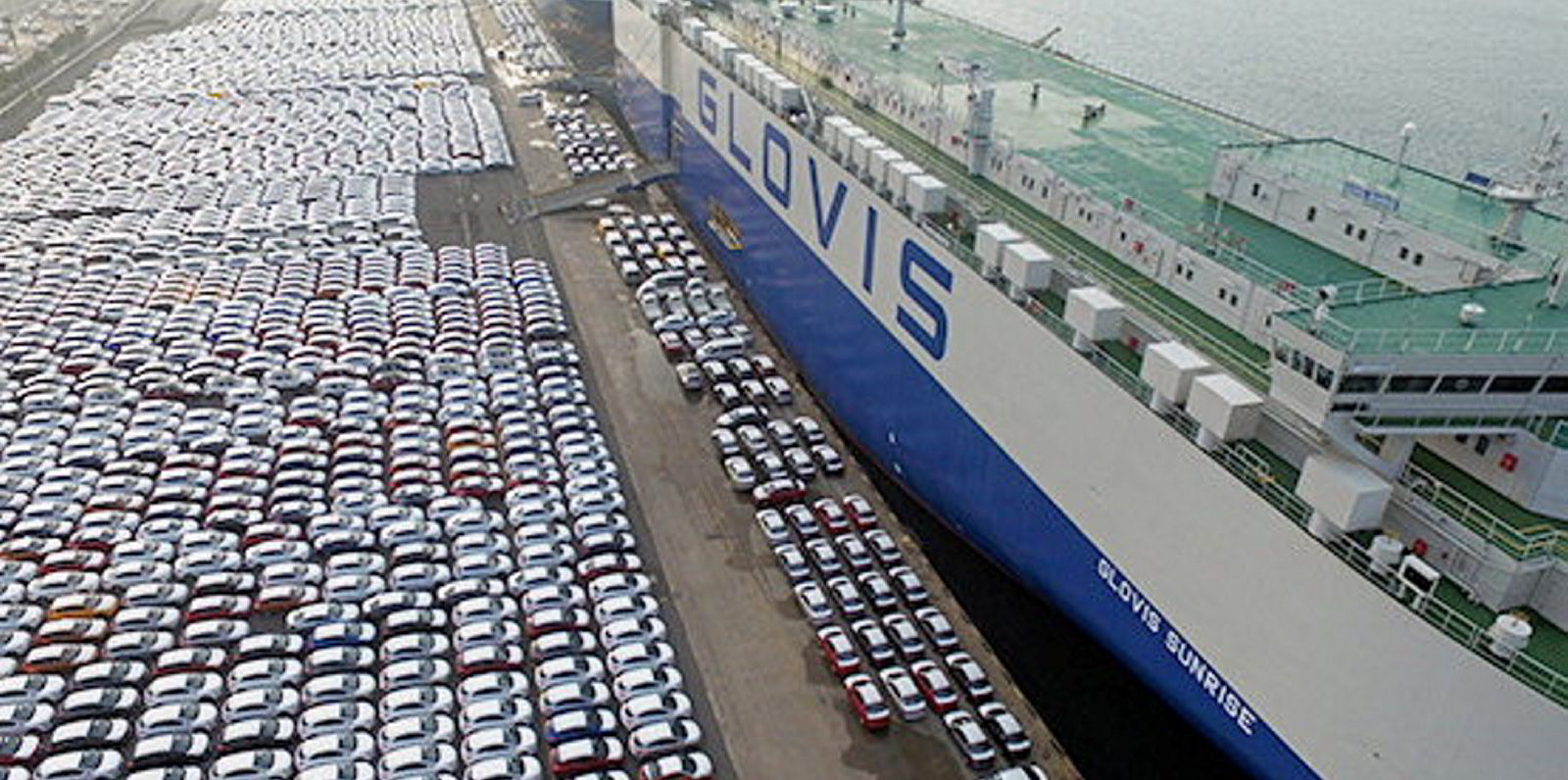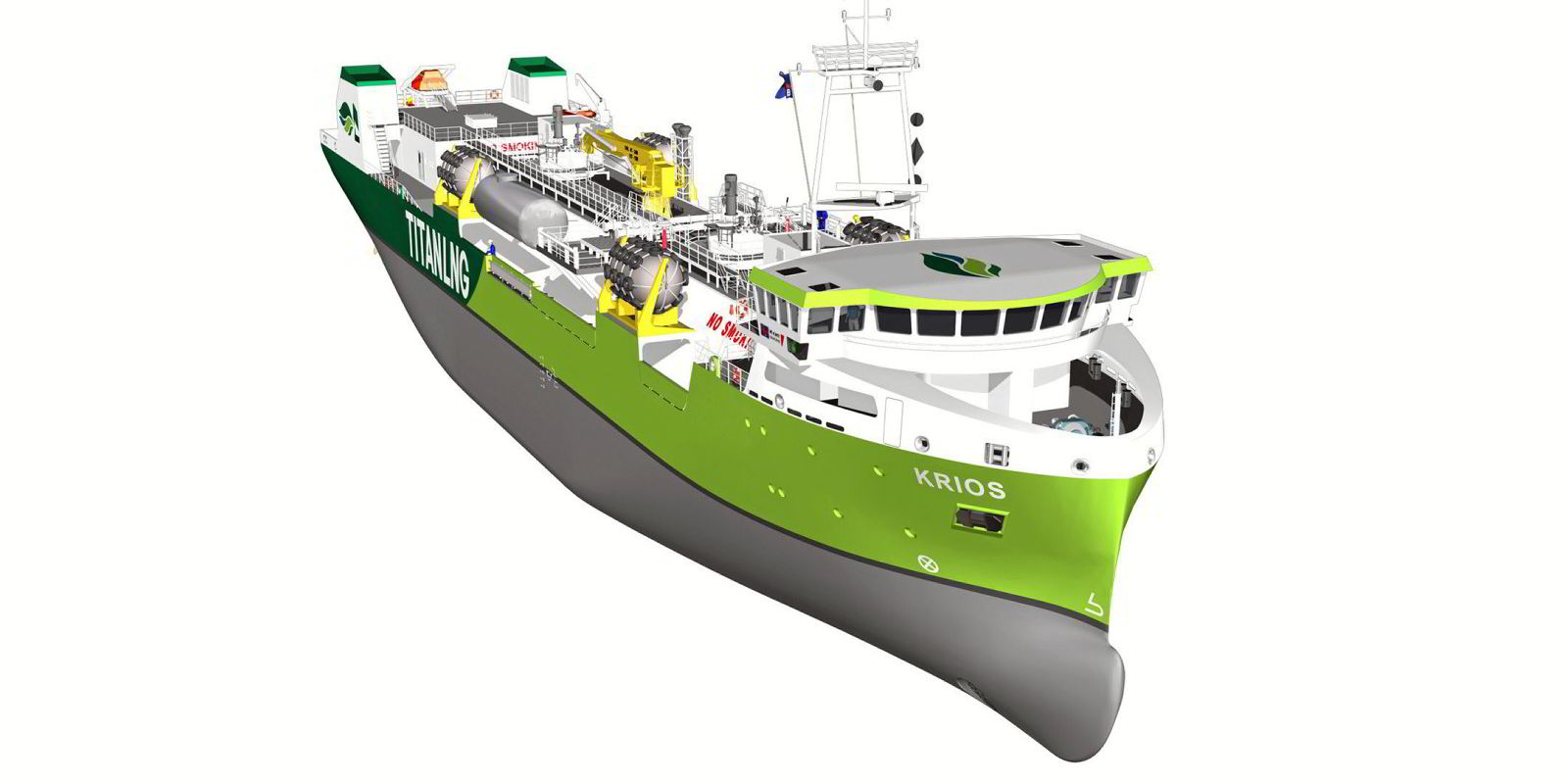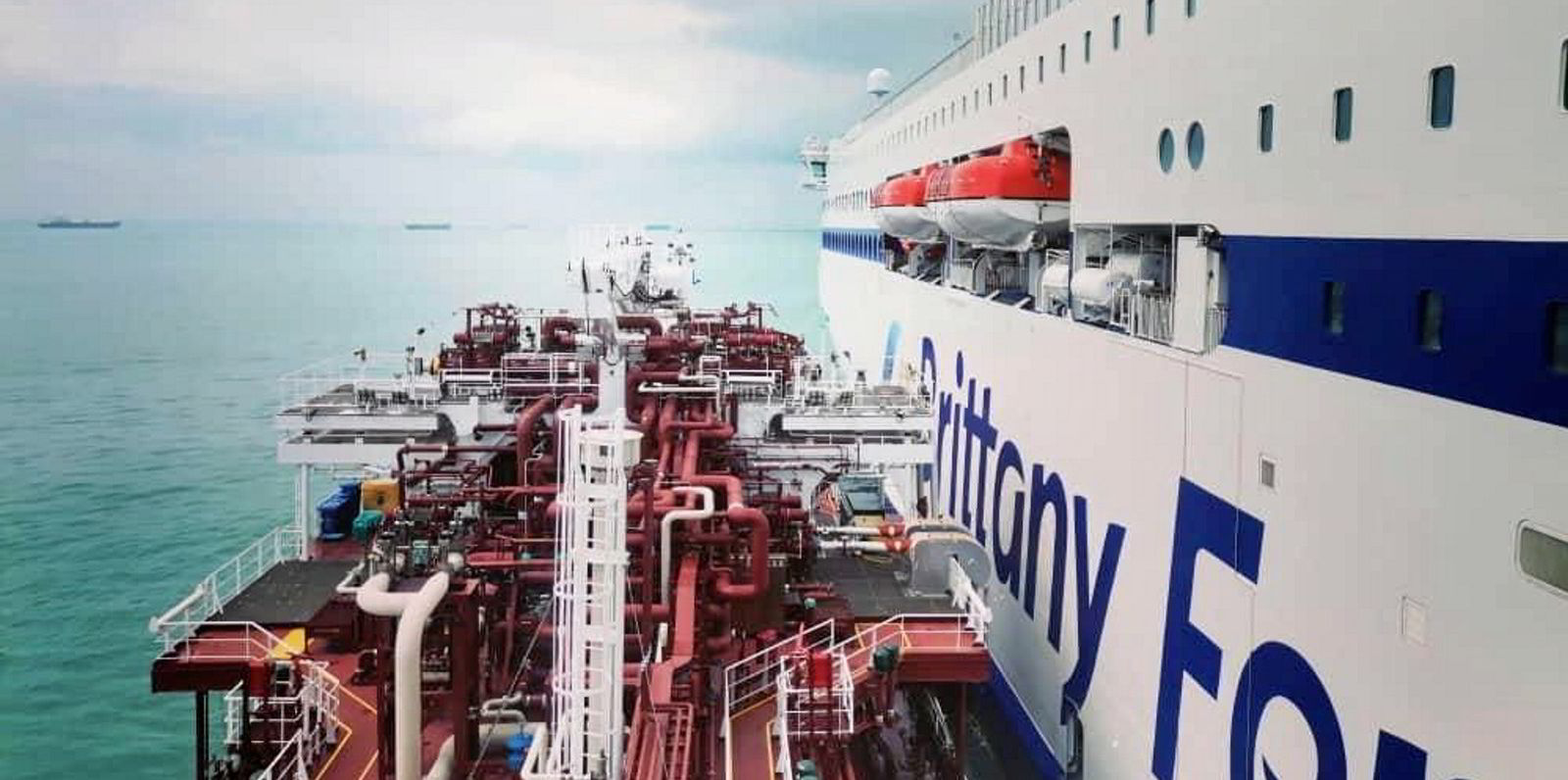LNG-fuelled vessels will be able to obtain a Carbon Intensity Indicator (CII) rating two grades higher than ships using heavy fuel oil (HFO), according to SEA-LNG.
The industry fuelling coalition looked at data from two identical trading 180,000-dwt capesize bulk carriers.
It made its calculations for CII based on a 20% emissions reduction that can be achieved by switching from HFO to LNG.
SEA-LNG said the results showed that the LNG-fuelled vessel immediately rated two CII grades higher than the conventionally fuelled bulker.
“LNG can be the difference between having a ‘moderate’ C-rated ship and having a ‘major superior’ A-rated ship on the IMO’s CII scale,” the lobby group said.
It said the International Maritime Organization is encouraging port authorities, governments and other bodies to offer incentives for ships with major superior A or superior B ratings, while charterers are favouring them.
Using drop-in carbon-neutral bio-LNG in the short to medium term, or zero-carbon renewable synthetic LNG in the longer term, can improve carbon intensity ratings further, SEA-LNG said.
Its analysis showed that for every 10% increase in the content of these fuels in a blend with traditional LNG, the vessel gains two years of additional compliance.
“By using bio-LNG and renewable synthetic LNG, a vessel commissioned yesterday, today and in the future can retain a favourable CII rating as major superior A or superior B throughout its lifetime,” it said.

“LNG-fuelled vessels will be able to continue operating as normal under the system until after 2030, while fossil LNG blended with bio-LNG and renewable synthetic LNG will further extend compliance to 2050 and beyond.”
SEA-LNG investment committee chairman John Hatley said environmental obsolescence is now a real threat to the lifetime horizon of a ship. “As an investment it can rapidly become a stranded asset,” he told TradeWinds.
Hatley said ships with sub-A and B ratings will probably get a double hit in lower utilisation and charter rates. “That is a staircase towards oblivion,” he added.
Addressing voiced market concerns about the availability and costs of bio-LNG, Hatley said a small amount of drop-in fuel will be enough to maintain the top ratings that shipowners are likely to aspire to.
He said adding 2% will be a small increase to an owner’s cost basis. More can be added as regulations tighten and supplies increase.
Chief operating officer Steve Esau revealed that SEA-LNG has commissioned a study from Singapore’s Nanyang Technological University to look at the potential for production and the practicalities of using bio-LNG as a drop-in fuel for maritime that will incrementally help ships decarbonise.
Hatley said bio-LNG allows “a buffer of time” before synthetic fuels become abundant, available and affordable.
“I would rather sip from a straw than jump in the pool, and if I’m sipping from a straw, I can savour the drink and not have spent as much money as I would have on the Olympic-sized pool,” he said.
SEA-LNG said: “LNG offers an extremely strong and compelling strategic advantage today and over the next few decades out to 2050.”







